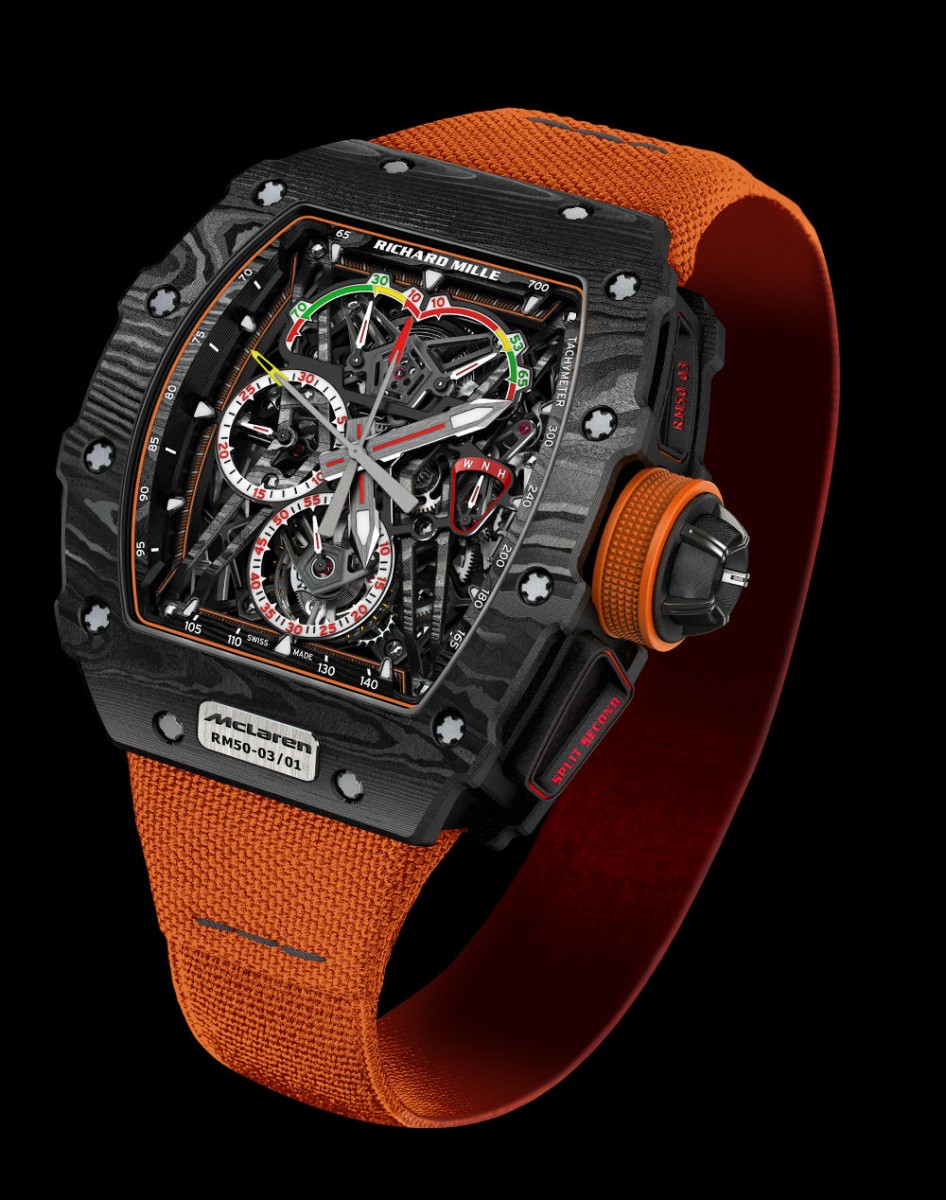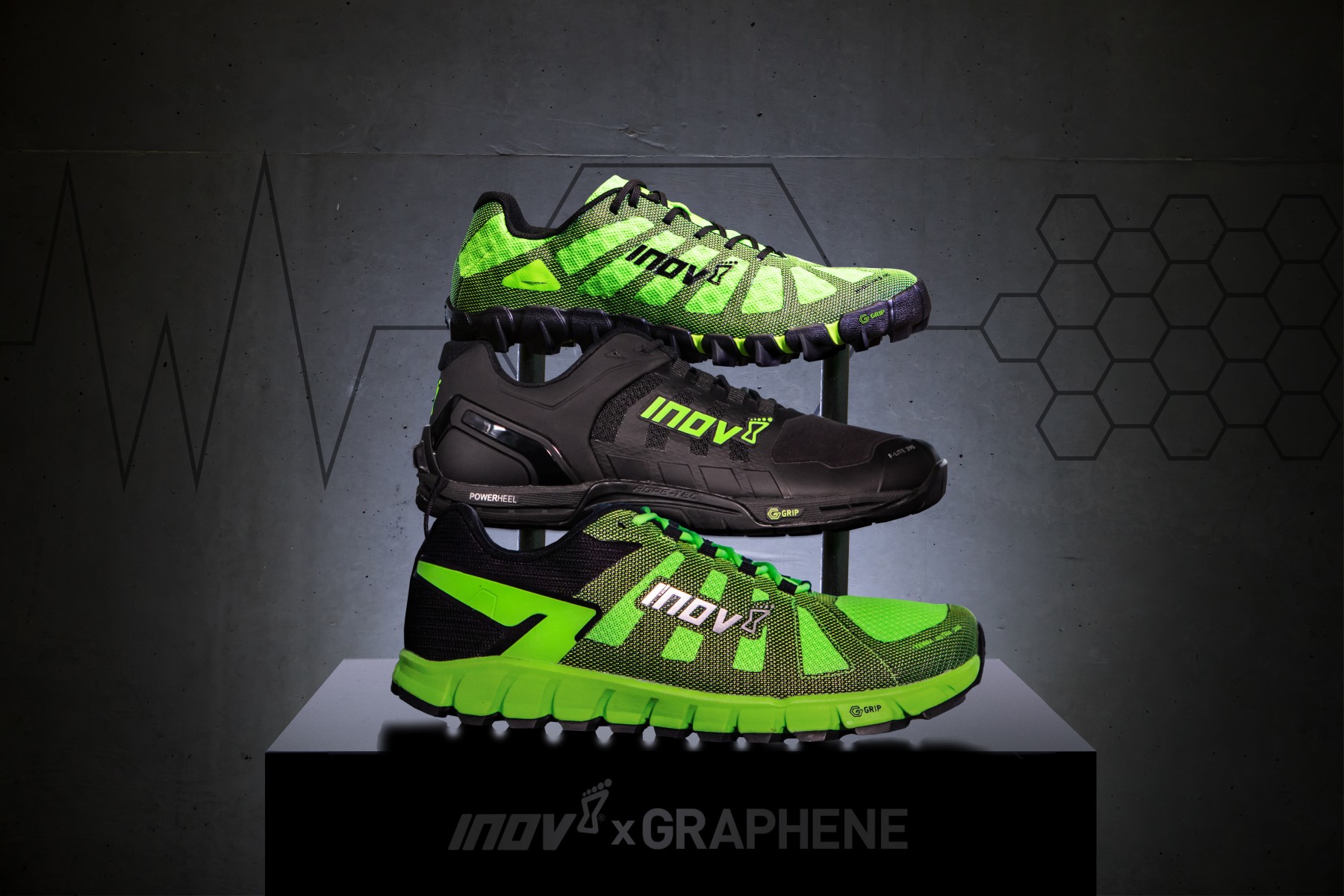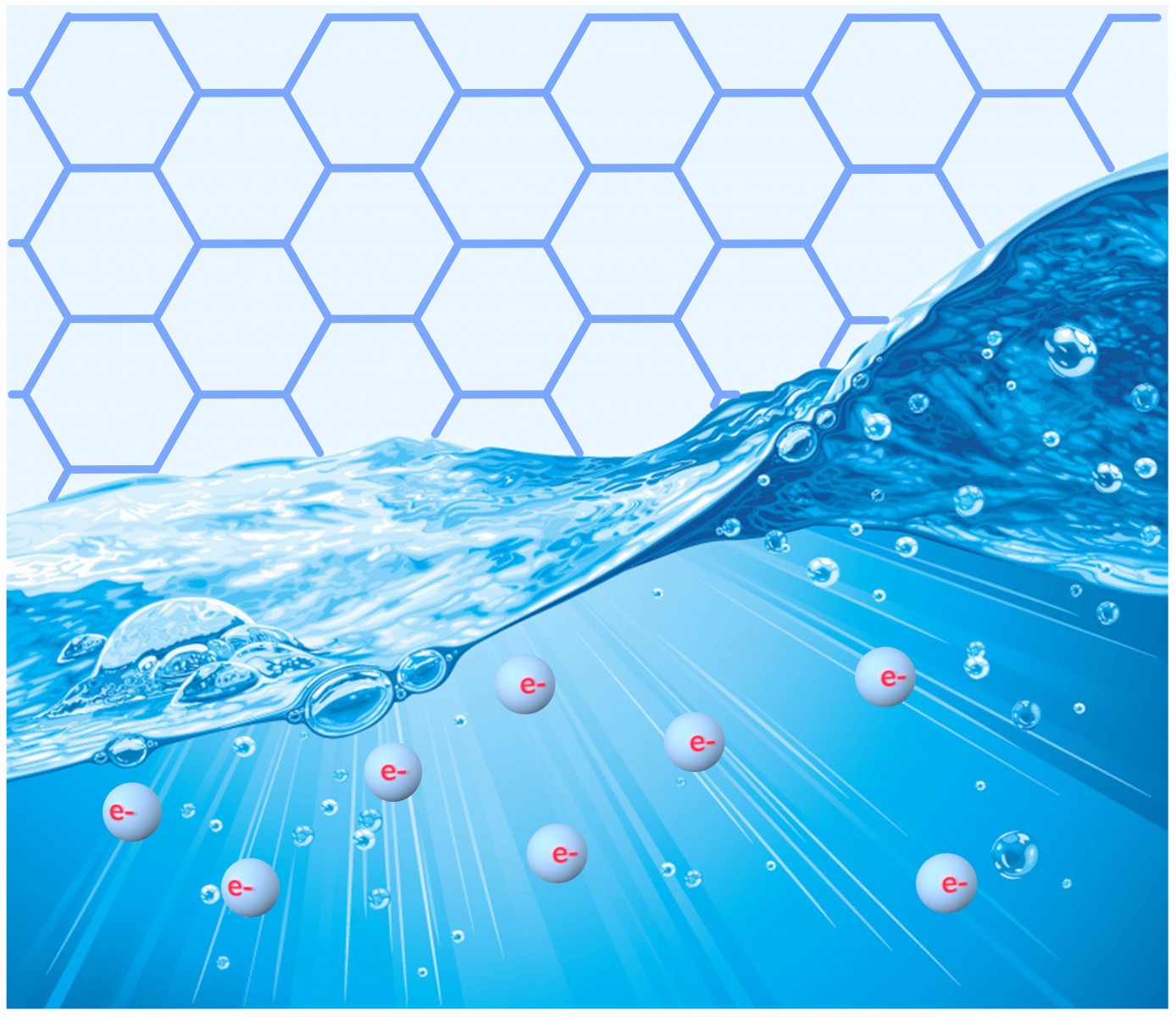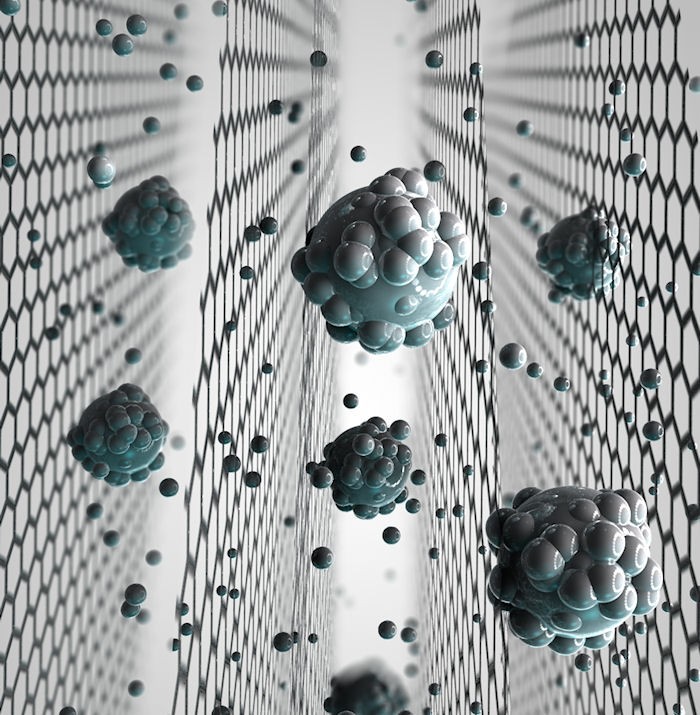I have two relatively recent news bits about nanomaterials, the second being entirely focused on graphene.
Searchable database
A July 9, 2019 news item on Nanowerk announces a means of finding out what hazards may be associated with 300 different nanomaterials (Note: A Link has been removed),
A new search tool for nanomaterials has been published on the European Union Observatory for Nanomaterials (EUON) website. It will enable regulators to form a better view of available data and give consumers access to chemicals safety information.
The tool combines data submitted by companies in their REACH registrations [Registration, Evaluation, Authorisation and Restriction of Chemicals (REACH) ], data collected about nanomaterials used as ingredients in cosmetic products under the Cosmetics Regulation and data from the public national nanomaterial inventories of Belgium and France.
…
A July 3, 2019 EUON press release, which originated the news item, provides a bit more detail,
The EUON’s search brings data from these sources together in one place, allowing users to easily search for nanomaterials that are currently on the EU market. The results are linked to ECHA’s [European Chemicals Agency] database of chemicals registered in the EU and, for the first time, summarised information about the substances, their properties as well as detailed safety and characterisation data can be easily found.
Background
While there are over 300 nanomaterials on the EU market, 37 are currently covered by an existing registration under REACH. The information requirements for REACH were revised last year with explicit obligations for nanomaterials manufactured in or imported to the EU. The new requirements enter into force in January 2020 and will result in more publicly available information.
The EUON aims to increase the transparency of information available to the public on the safety and markets of nanomaterials in the EU. A key aim of the observatory is to create a one-stop shop for information, where EU citizens and stakeholders including NGOs, industry, and regulators can all easily find accessible and relevant safety information on nanomaterials on the EU market.
Here’s the searchable database.
Graphene verification
There was a bit of a scandal about fake graphene in the Fall of 2018 (my May 28, 2019 posting gives details). Dexter Johnson provides additional insight and information about the launch of a new graphene verification programme and news of a slightly older graphene verification programme in his July 9, 2019 article for the Nanoclast blog on the IEEE (Institute of Electrical and Electronics Engineers) website (Note: Links have been removed),
Last year [2018], the graphene community was rocked by a series of critical articles that appeared in some high-profile journals. First there was an Advanced Material’s article with the rather innocuously title: “The Worldwide Graphene Flake Production”. It was perhaps the follow-up article that appeared in the journal Nature that really shook things up with its incendiary title: “The war on fake graphene”.
In these two articles it was revealed that material that had been claimed to be high-quality (and high-priced) graphene was little more than graphite powder. Boosted by their appearance in high-impact journals, these articles threatened the foundations of the graphene marketplace.
But while these articles triggered a lot of hand wringing among the buyers and sellers of graphene, it’s not clear that their impact extended much beyond the supply chain of graphene. Whether or not graphene has aggregated back to being graphite is one question. An even bigger one is whether or not consumers are actually being sold a better product on the basis that it incorporates graphene.
…
Dexter details some of the issues from the consumer’s perspective (Note: Links have been removed),
Consumer products featuring graphene today include everything from headphones to light bulbs. Consequently, there is already confusion among buyers about the tangible benefits graphene is supposed to provide. And of course the situation becomes even worse if the graphene sold to make products may not even be graphene: how are consumers supposed to determine whether graphene infuses their products with anything other than a buzzword?
Another source of confusion arises because when graphene is incorporated into a product it is effectively a different animal from graphene in isolation. There is ample scientific evidence that graphene when included in a material matrix, like a polymer or even paper, can impart new properties to the materials. “You can transfer some very useful properties of graphene into other materials by adding graphene, but just because the resultant material contains graphene it does not mean it will behave like free-standing graphene, explains Tom Eldridge, of UK-based Fullerex, a consultancy that provides companies with information on how to include graphene in a material matrix
…
The rest of Dexter’s posting goes on to mention two new graphene verification progammes (producer and product) available through The Graphene Council. As for what the council is, there’s this from council’s About webpage,
…
The Graphene Council was founded in 2013 with a mission to serve the global community of graphene professionals. Today, The Graphene Council is the largest community in the world for graphene researchers, academics, producers, developers, investors, nanotechnologists, regulatory agencies, research institutes, material science specialists and even the general public. We reach more than 50,000 people with an interest in this amazing material.
…
Interestingly the council’s offices are located in the US state of North Carolina. (I would have guessed that its headquarters would be in the UK, given the ‘ownership’ the UK has been attempting to establish over graphene Let me clarify, by ownership I mean the Brits want to be recognized as dominant or preeminent in graphene research and commercialization.)
The council’s first verified graphene producer is a company based in the UK as can be seen in an April 1, 2019 posting by council director Terrance Barkan on the council’s blog,
The Graphene Council is pleased to announce that Versarien plc is the first graphene company in the world to successfully complete the Verified Graphene Producer™ program, an independent, third party verification system that involves a physical inspection of the production facilities, a review of the entire production process, a random sample of product material and rigorous characterization and testing by a first class, international materials laboratory.
The Verified Graphene Producer™ program is an important step to bring transparency and clarity to a rapidly changing and opaque market for graphene materials, providing graphene customers with a level of confidence that has not existed before.
“We are pleased to have worked with the National Physical Laboratory (NPL) in the UK, regarded as one of the absolute top facilities for metrology and graphene characterization in the world.
They have provided outstanding analytical expertise for the materials testing portion of the program including Raman Spectroscopy, XPS, AFM and SEM testing services.” stated Terrance Barkan CAE, Executive Director of The Graphene Council.
Andrew Pollard, Science Area Leader of the Surface Technology Group, National Physical Laboratory, said: “In order to develop real-world products that can benefit from the ‘wonder material’, graphene, we first need to fully understand its properties, reliably and reproducibly.
“Whilst international measurement standards are currently being developed, it is critical that material characterisation is performed to the highest possible level.
As the UK’s National Measurement Institute (NMI) with a focus on developing the metrology of graphene and related 2D materials, we aim to be an independent third party in the testing of graphene material for companies and associations around the world, such as The Graphene Council.”
Neill Ricketts, CEO of Versarien said: “We are delighted that Versarien is the first graphene producer in the world to successfully complete the Graphene Council’s Verified Graphene Producer™ programme.”
“This is a huge validation of our technology and will enable our partners and potential customers to have confidence that the graphene we produce meets globally accepted standards.”
“There are many companies that claim to be graphene producers, but to enjoy the benefits that this material can deliver requires high quality, consistent product to be supplied. The Verified Producer programme is designed to verify that our production facilities, processes and tested material meet the stringent requirements laid down by The Graphene Council.”“I am proud that Versarien has been independently acclaimed as a Verified Graphene Producer™ and look forward to making further progress with our collaboration partners and numerous other parties that we are in discussions with.”
James Baker CEng FIET, the CEO of Graphene@Manchester (which includes coordinating the efforts of the National Graphene Institute and the Graphene Engineering and Innovation Centre [GEIC]) stated: “We applaud The Graphene Council for promoting independent third party verification for graphene producers that is supported by world class metrology and characterization services.”
“This is an important contribution to the commercialization of graphene as an industrial material and are proud to have The Graphene Council as an Affiliate Member of the Graphene Engineering and Innovation Centre (GEIC) here in Manchester ”.
Successful commercialization of graphene materials requires not only the ability to produce graphene to a declared specification but to be able to do so at a commercial scale.
It is nearly impossible for a graphene customer to verify the type of material they are receiving without going through an expensive and time consuming process of having sample materials fully characterized by a laboratory that has the equipment and expertise to test graphene.The Verified Graphene Producer™ program developed by The Graphene Councilprovides a level of independent inspection and verification that is not available anywhere else.
…
As for the “Verified Graphene Product” programme mentioned in Dexter’s article (it’s not included in the excerpts here), I can’t find any sign of it ion the council’s website.




